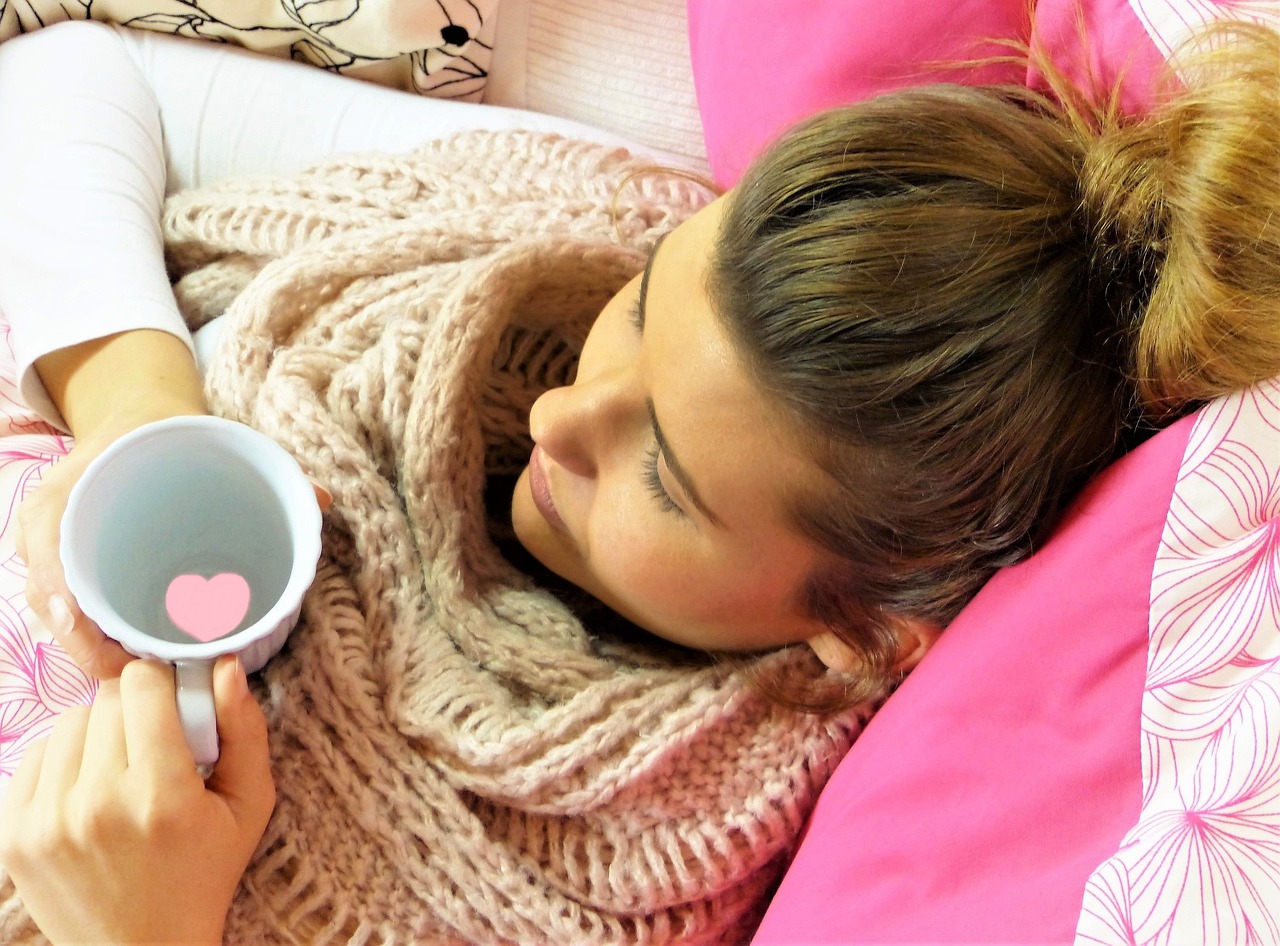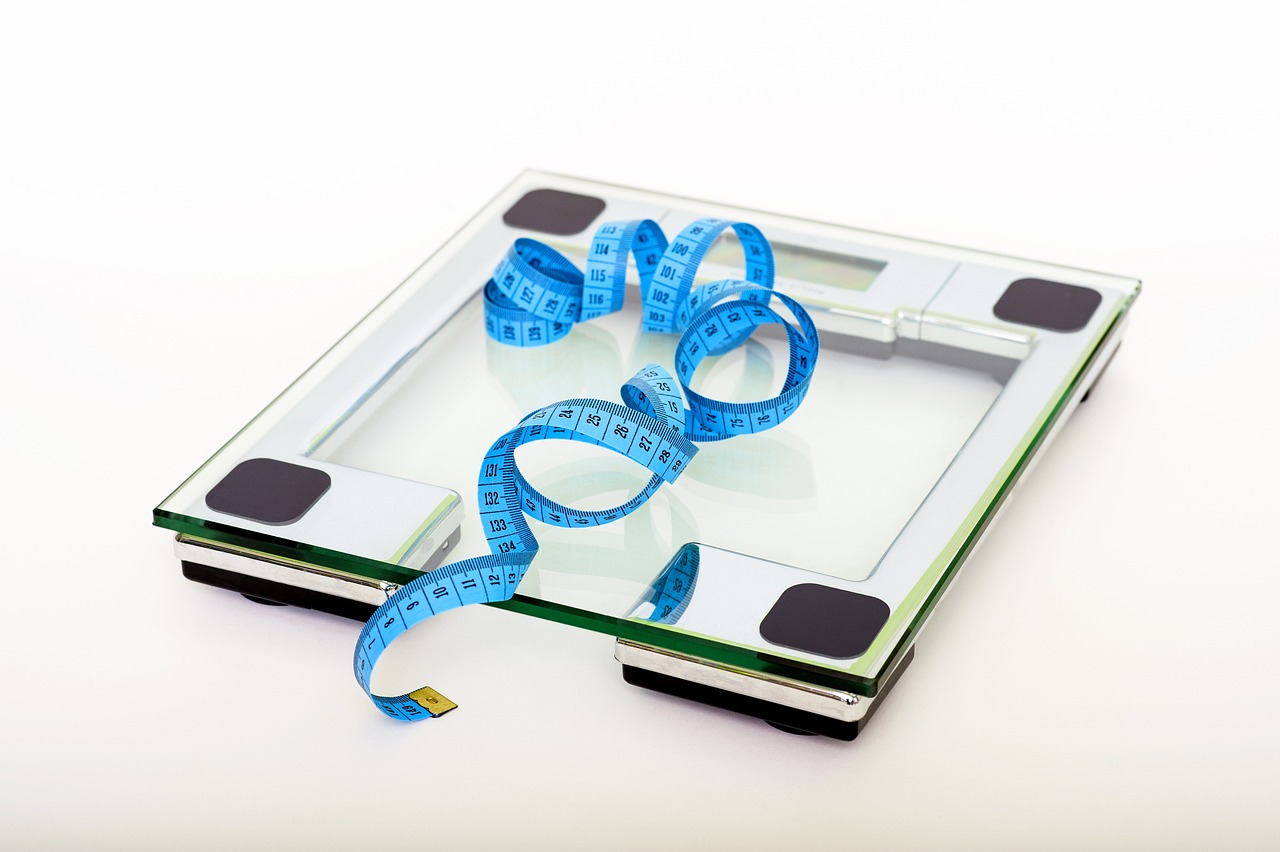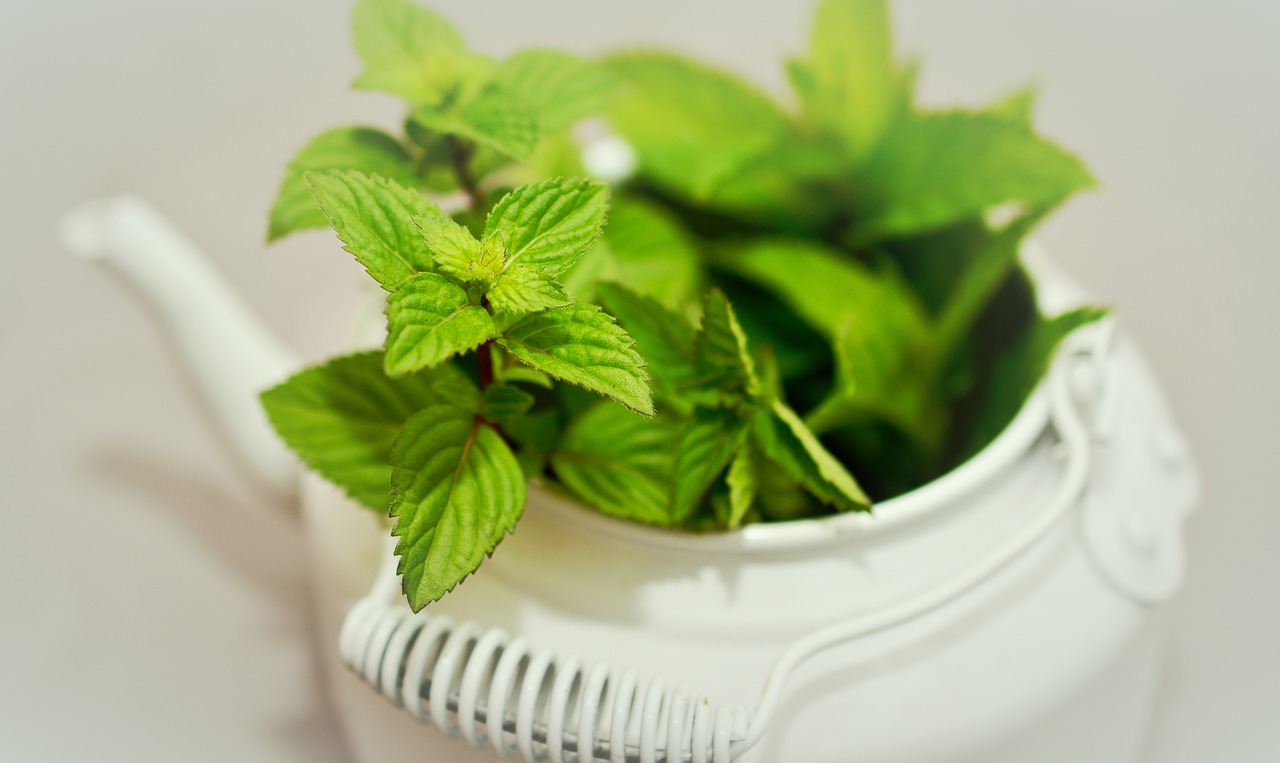How to Make Your Own Herbal Tinctures!
Herbal Tinctures also called Ethanol Extracts, are a popular way to take herb tonics. Tinctures are easy to take and powerfully absorbed pretty quickly. They are highly concentrated. Most herbs that are taken for ongoing conditions (like building bone density, longevity, endurance, strength etc.) are taken as tinctures, powders, capsules or pills 3-4 times a day, every day. That would be called a tonic.
So, let’s get started:
Herb Tinctures
They are easy to make and are well absorbed by the body. Ethanol extracts is the technical term to describe taking a bunch of leaves and creating an effective healing elixir by adding water and alcohol!
OK, Here’s what you need to make an herbal tincture:
1. Herbs
You can use powders, dried leaves or flowers. Roots and barks should be ground up or at least cut as finely as possible. That’s what “cut and sifted” means when ordering herbs.
2. Alcohol
Ethanol, a FOOD-grade alcohol takes out (extracts) the potent healing substances that are not “water soluble”, in the herbs. In plants there are bio-chemicals that dissolve in water. When you make tea, the boiling water extracts the water soluble part, but your tea bag may still be loaded with precious healthful nutrients! Alcohol takes out Everything!
Ethyl alcohol is edible and made usually from fruit, sugar cane, even potatoes, and grains. You know it as: Whiskey, Vodka, Gin, Brandy, Araq, Rum. You buy it in liquor stores.
You need 40%-45% alcohol. Most liquors like whiskey, vodka, Arak are 40% Ethyl alcohol/60% water. Alcohol comes in percentages. That is how much is water and how much is actual alcohol. “Proof” is double the percent amount. As in: whiskey that is 40% alcohol is 80 proof. So, pick which alcohol source to use. Since its just the vehicle for the herbs, there’s nothing wrong with getting the cheapest 40%-ish alcohol you find…Araq, vodka, If you can get 95% pure food grade alcohol, then dilute it in half with filtered or bottled water. It’s sold for use in mixed drinks, flamed deserts etc.
DO NOT USE RUBBING (ISOPROPYL) ALCOHOL by mouth. EVER. It’s POISON!!!
3. Big Jars
You need some clean glass jars. Canning or mason jars are Ideal. You can get them in 1-5 quart or liter sizes. Figure approximately, for every quart/liter size container, you will need 4 ounces of herb materials. If you want to start small, you can use a big glass jar from coffee, jam, or pickles or whatever you can find around the house.
4. Labels or Paper and Tape and a Pen
Fill the glass container 1/3 full of herbs. Fill the other 2/3 with alcohol. Put the top on the glass jar. Shake it up a bit. Write a label with the NAME of the herb and the DATE. This is Really important so you know when your tincture is ready.
Shake it a bit over the next 2 weeks. Store in a dry place. Kitchen cabinet is fine. After 2 weeks, you can start to use your tincture. But don’t strain it out, yet. The more it sits, the stronger it gets. After 4 weeks it will be much stronger. But you can shake it and pour out a small amount in a little bottle with a funnel.
Eventually, after a few months you can strain out all the herb material through a fine mesh strainer. The tincture should be poured in a bottle, ready for use. Its good for years, needs no refrigeration. That’s it.
You can tincture herbs individually and mix them later when they are ready, or you can make a batch of a “formula” – Combined herbs that you tincture together.
The Author:
Aliza Adar Levine RNMH is a Nurse, Midwife, TCM Herbalist,and Medical Researcher for over 20 years.
Source: Articlesbase.com








